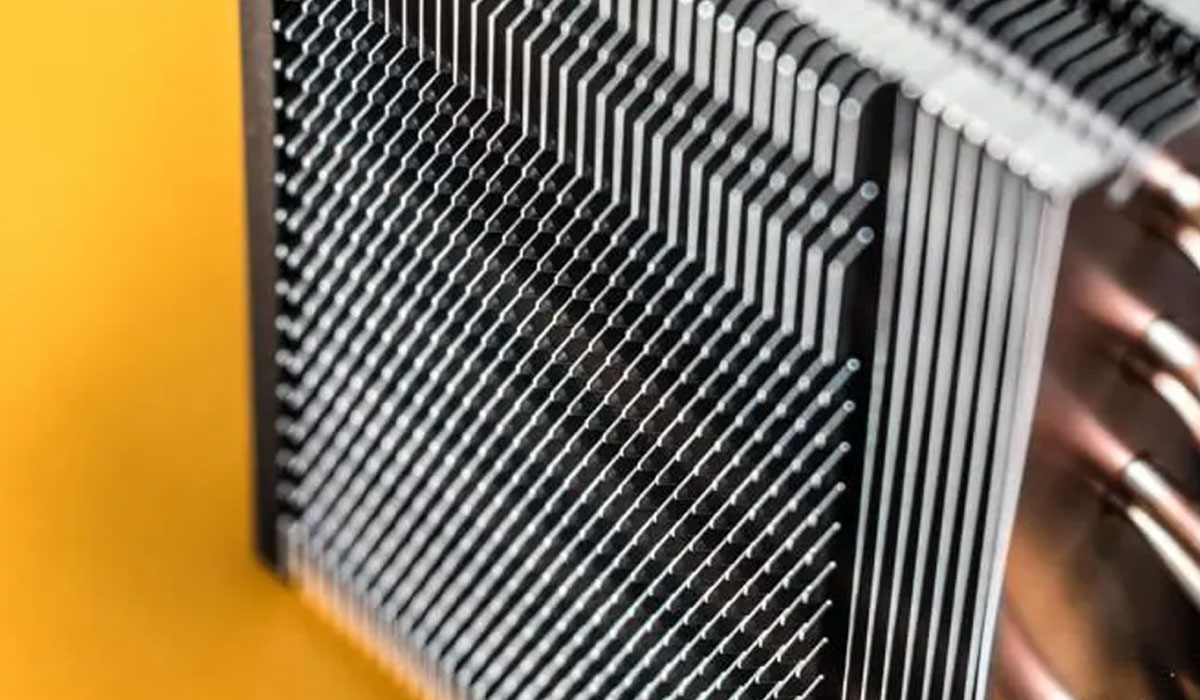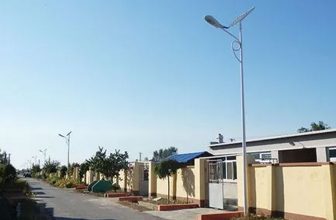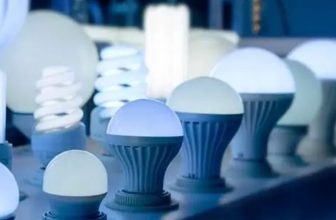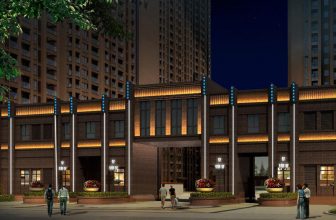In recent years, with the high density and high integration of electronic products, the importance of thermal solutions has become more and more important. LED lighting is no exception, and thermal solutions are also required. Although the energy loss of incandescent lamps and fluorescent lamps is large, most of the energy is radiated directly through infrared rays, and the light source generates less heat; while LED, except for the energy consumed as visible light, other energy is converted into heat. In addition, due to the small area of the LED package, there is little heat dissipation through convection and radiation, thereby accumulating a large amount of heat.
What Is The Thermal Solution?
Next, consider how to develop a thermal solution. Simply put, the thermal solution is to solve various problems caused by heat. There are:
- Bending and cracking due to thermal expansion
- Failure of electronic circuits
- Deterioration of material quality
In addition, I also worry about whether the equipment will be damaged if the heat is generated? In order to avoid these problems, the temperature of the electronic equipment should be controlled as much as possible. That is to say, effective heat dissipation is very important. thermal solution. Problems caused by heat are listed below. In the second half,indoor and outdoor LED lights are taken as an example to explain LED-related solutions.
Problems Caused By Heat

#1 Bending and cracking due to thermal expansion
Electronic equipment is composed of multiple parts, and the materials of each part are different, and the scales of thermal expansion and contraction are also different. Therefore, when various materials are combined together, it is possible to bend the material, and when it expands, the product will crack due to excessive stress at the joint.
#2 Obstacles in the operation of electronic circuits
Generally speaking, semiconductor elements as heat sources have such a characteristic that when the temperature of semiconductor elements in electronic equipment rises, the electrical impedance becomes smaller. In this way, it is easy to fall into a vicious cycle of “temperature rise-impedance drop-current increase-heat increase-temperature rise”, and then it is easy to burn out.
#3 Deterioration of material quality
Generally speaking, the materials used in electronic equipment are easy to oxidize, and the higher the temperature, the faster the oxidation. If these materials are repeatedly oxidized at high temperatures, their lifespan will be shortened. At the same time, repeated heating, multiple expansions and multiple cold shrinkages of the material will reduce the strength of the material, thereby destroying the material.
Thermal Solutions For LEDs
Let’s take LED lights as an example to discuss the thermal solution of LEDs in detail.
There are several ways to avoid overheating of electronic equipment. For example, add a radiator and place a fan that can provide cooling air around the heat source. The former is to increase the heat dissipation channel by increasing the heat dissipation area, and the latter is to prevent heat from gathering around the heat source. However, as shown in Figure 1, an overview of the LED lamp, the LED package cannot be directly connected to the heat sink, and there is no place to install the fan. Moreover, the internal power supply circuit board also generates heat, so the heat dissipation problem of the Special Lighting can be said to be a very difficult problem. In this way, how to effectively use LED mounting materials and heat sinks becomes very important.
So how to effectively use the LED mounting material and heat sink? First of all, we must grasp the heat transfer path that generates heat.
The heat generated by the LED components moves to the circuit board through the wires of the package, and then dissipates heat through the heat sink. The same is true for the heat generated by the power circuit board, which is dissipated to the outside through the heat sink through the air and filler material around the circuit board.
What is important in thermal solutions is to exclude factors that hinder heat transfer in the heat transfer path, such as using materials with good thermal conductivity in the heat transfer path, and expanding the cross-sectional area of the path (for example, thicker copper wires are larger than thinner copper wires) Easier to conduct heat), apply heat conduction lubricant so that there is no gap in the connection part of the product.
In addition, even if the heat transfer characteristics are improved through these, if the heat sink does not dissipate heat to the outside, a lot of heat will still accumulate inside. It is therefore also necessary to improve the heat release characteristics of the heat sink surface. A typical method is to install more heat sinks on the surface to expand the heat dissipation area of the radiator.








